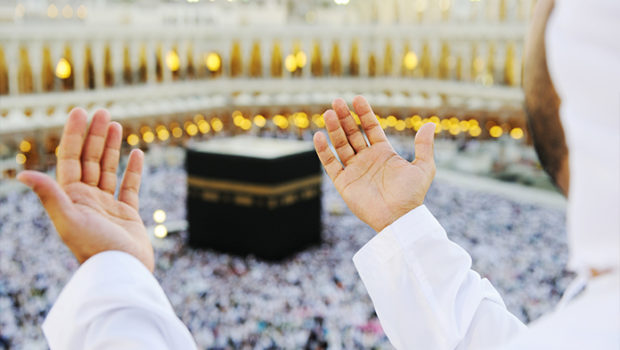The significance hajj in Mecca is considered to be one of the essential and top-most…
Why the Muslims practice Hajj?
Practice Hajj is the fifth and utmost significant pillar of Islam that is practised in the last Islamic month i.e., Dhul Hijja. Hajj is an essentiality for the entire Muslim men and women to perform at least once in their entire life. It is often believed that Hajj pilgrimage should be opted by the adult Muslims that are financially stable and physically able to accomplish the needed rituals without any omission. Apart from it, the Hajj of a Muslim is considered as valid and acceptable only if their family can survive in their absence. The fact of being financially and physically competent to practice Hajj is known as Istita’ah and the pilgrims who match the required condition are termed as Mustati.
Thousands of people from different parts of the world gather in holy city Mecca, Saudi Arabia to perform the rites of Hajj and get rid of the sins they did in their past. Although the pilgrims stay in Mecca for at least 20-25 days, the foremost pilgrimage of Hajj begins on the 8th day of Dhul Hijja and sustains till the 12th day of the same Islamic month. However, the period is extended in the case if pilgrim desires to spend three days at Mina and perform the stoning rituals in the same. Before the commencement of the rites of Hajj, all the Muslim men and women have to wear Ihram (a two piece white coloured cloth). The state of Ihram describes several restrictions that are implemented on the pilgrims while performing Hajj. The major rites of practice Hajj include Tawaf (circumambulation process i.e., taking seven circuits around the holy Kaaba), Sa’i (running back and forth in the hills of Safa and Marwah), proceeding to the Mount of Arafat (the pilgrims stand and worship Allah جل و عز), praying the five times Namaaz at Muzdalifa, stoning in Jamraat, and the last is the sacrifice.



















